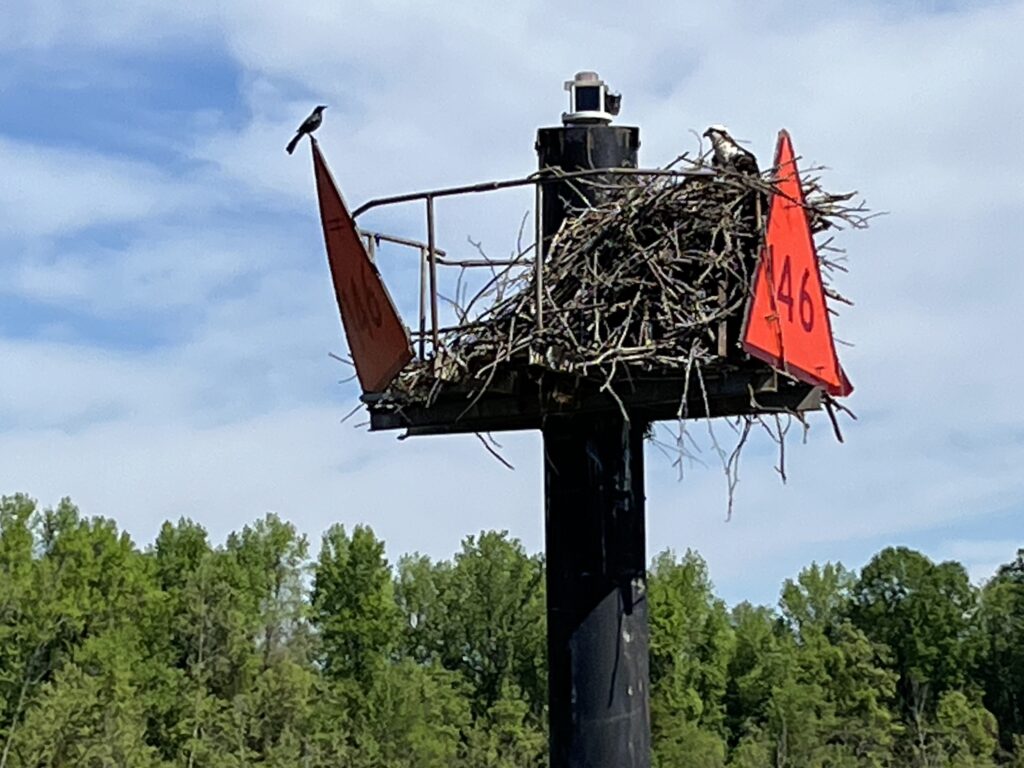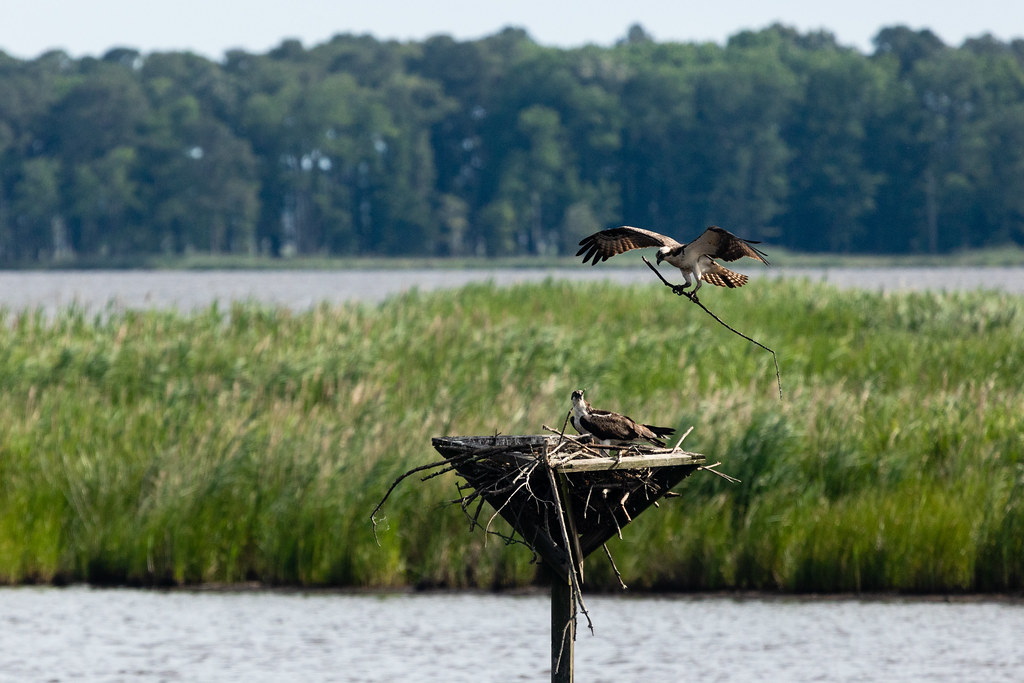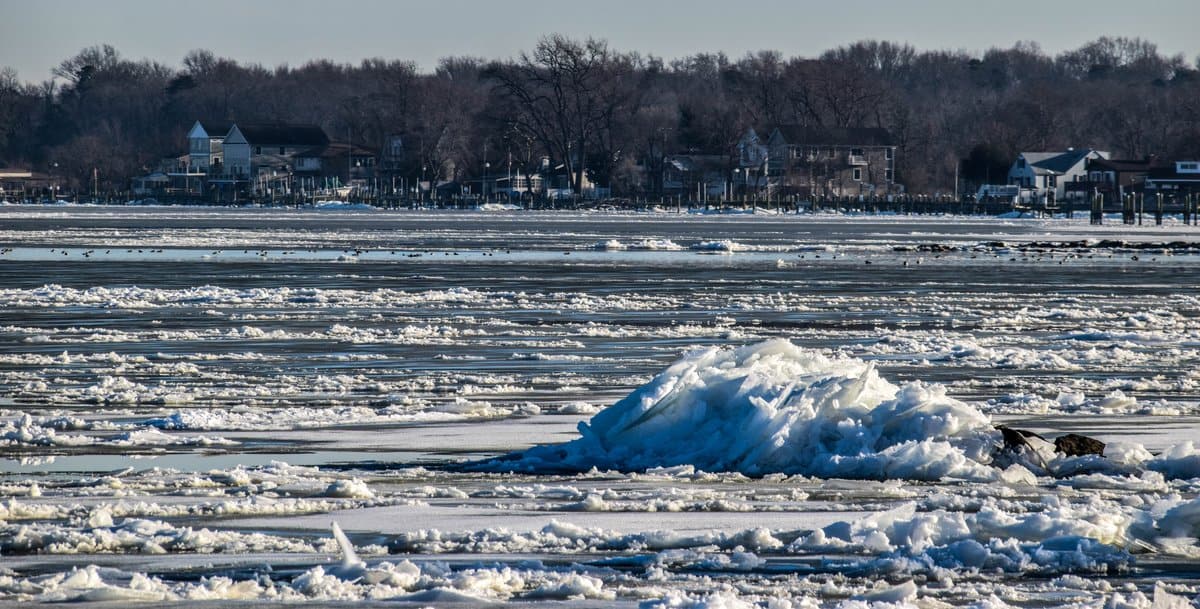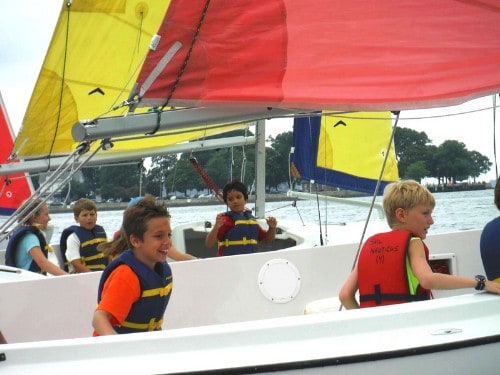Many of us who spend time on the Bay love to see ospreys return in the spring and build their big, twiggy nests on platforms or daymarkers. A just-launched citizen science program wants you to observe breeding osprey pairs and report what you see. They provide training and an app to let you do just that.
The Williamsburg, Virginia-based Center for Conservation Biology (CCB) recently launched OspreyWatch 2.0, an updated version of a platform introduced originally in 2012 to create an online global community for making observations of breeding osprey.
Current participation has grown to 6,899 nest watchers following birds on 1,289 nests in 249 countries around the earth. CCB has upgraded the new application for both citizen scientists and professional researchers.
New features include training videos, nest mapping and monitoring on any digital platform. You can enter data quickly and easily from your phone, track volunteer hours, make permanent logs of your observations, and see statistics on ospreys. The improvements are good for everyday people who want to report their osprey observations and also for federal and state agencies, corporations, and NGOs.
Though based here in the Chesapeake, CCB has designed the new site to provide a global platform for osprey monitoring. The program leader hopes to gather data beyond the Bay.
CCB’s goal for OspreyWatch 2.0, said its director, Dr. Brian Watts, “is to connect people to the breeding pairs around them on their local Chesapeake waterways. We want them to be able to engage in the daily lives of these birds, and to learn more about their breeding ecology and conservation challenges.”
This writer is watching four different nests for OspreyWatch, including this one, labeled JR09-G143 on the map of Virginia nests. This pair’s home is on the James River at the channel edge southeast of the Jones Neck Cutoff:

Observers already signed up include school groups, master naturalist chapters, bird clubs, homeowners, wildlife tour guides, government agencies, and research organizations.
“Our intent on a larger scale,” Watts said, “is to harness the power of many observers on a spatial scale large enough to be useful in addressing three of the most pressing issues facing aquatic ecosystems: global climate change, depletion of fish stocks, and environmental contaminants.”
“Ospreys,” Watts went on to say, “are among the very few truly global sentinels for aquatic health. They feed almost exclusively on live fish throughout their entire life cycle. They are a top consumer within aquatic ecosystems and thus are very sensitive to both overfishing and environmental contaminants. Nearly all populations breed in the northern latitudes and winter in the southern latitudes, effectively linking the aquatic health of the hemispheres. Their breeding season in the north is highly seasonal, making them an effective barometer of climate change.
“In addition to being great sentinels for the environment, osprey are charismatic, fascinating and fun to watch. Come and join the OspreyWatch community. CCB invites residents of the Chesapeake and its rivers to enjoy spending time with these iconic, charismatic birds,” Watts said.




